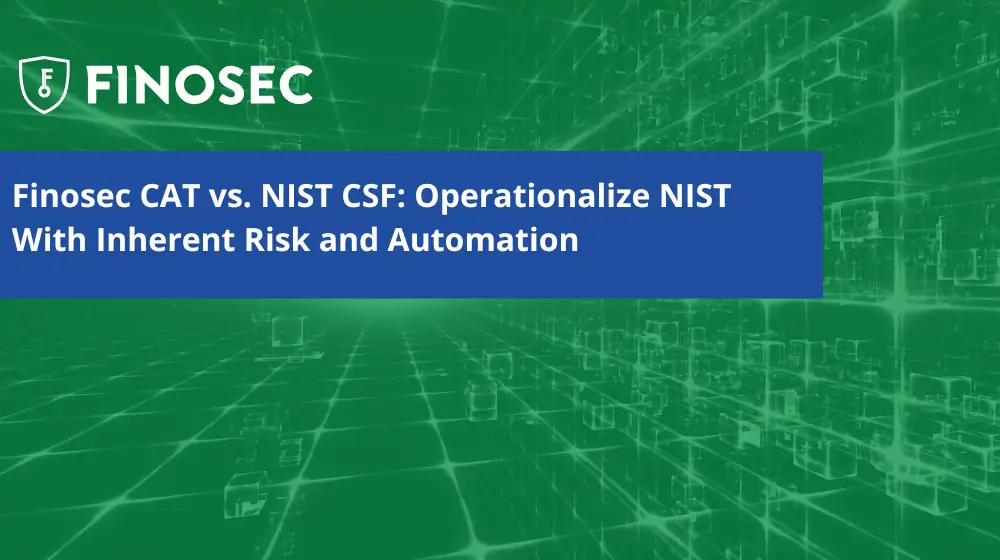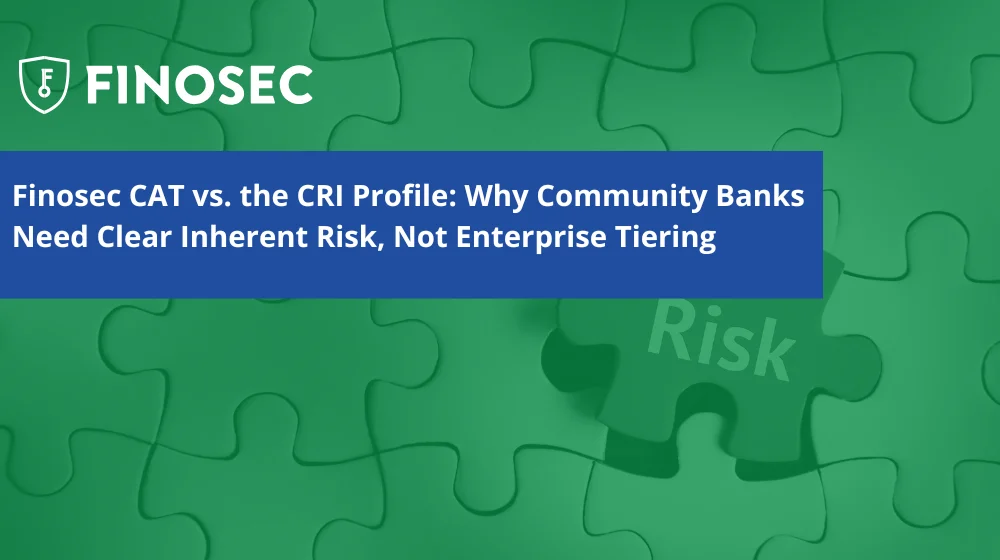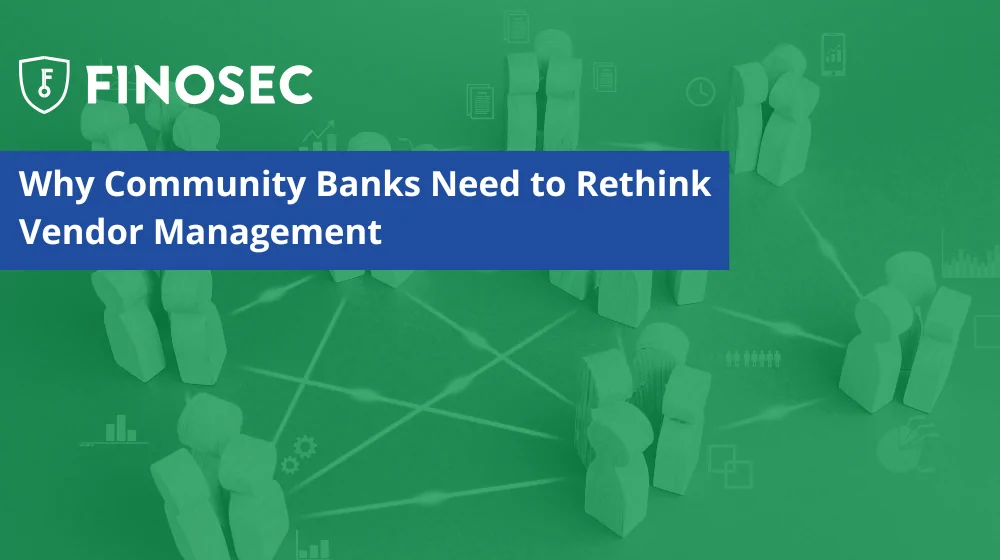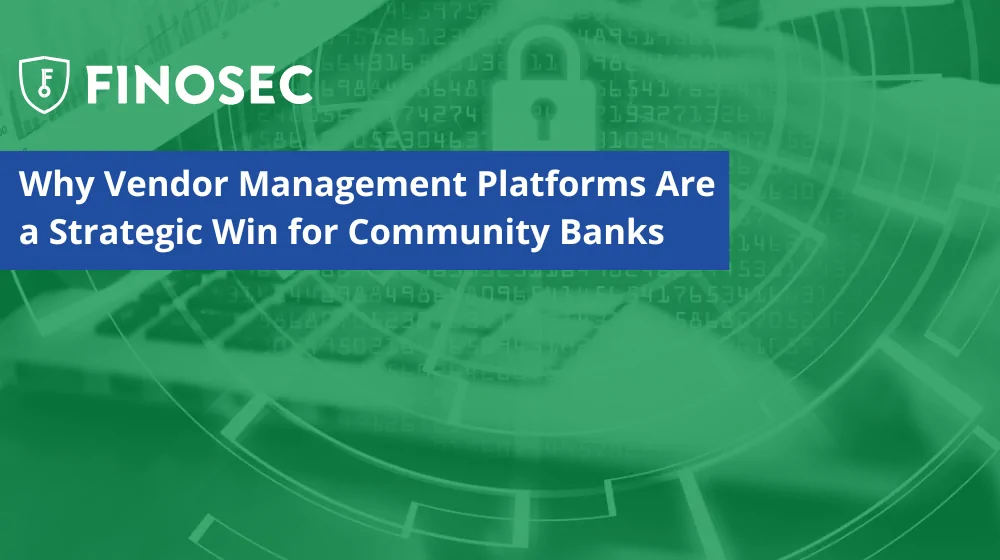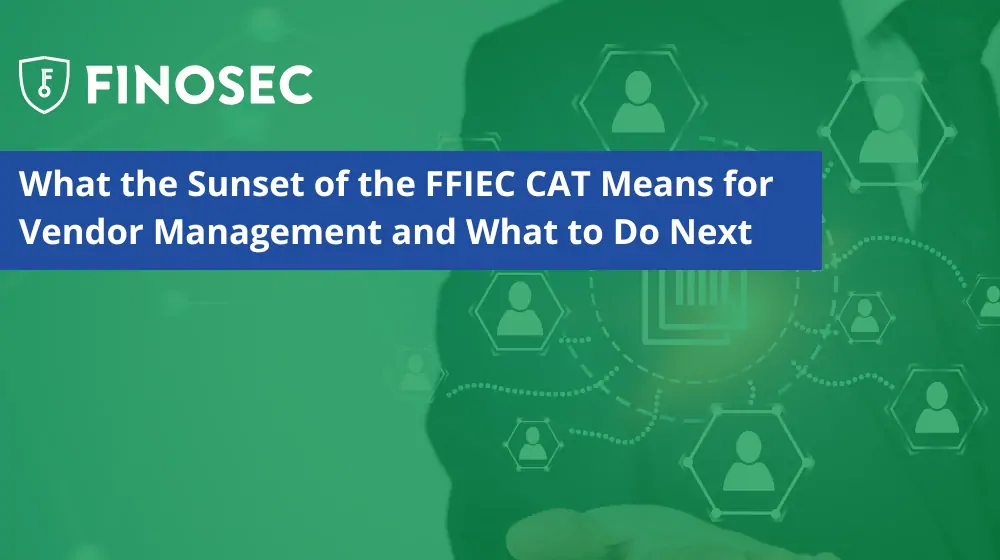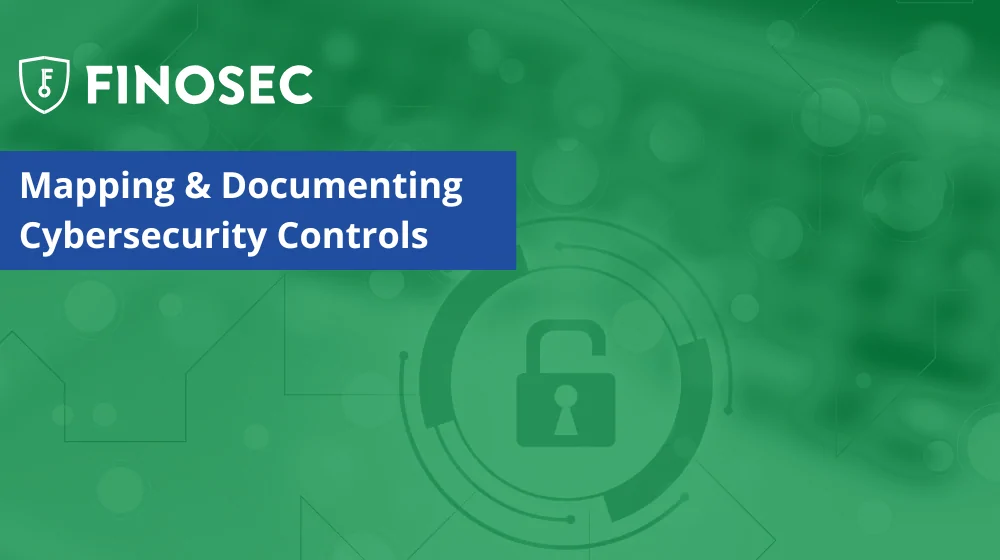Fostering a Culture of Security Through Education and Oversight
As we wrap up our informative series based on the R-SAT v2.0 insights, we highlight not only the tactical applications of cybersecurity but also the strategic importance of cultivating a robust security culture. For Information Security Officers, this involves nurturing an environment where every employee is an active participant in the bank’s defense strategy.
Comprehensive Employee Training
The R-SAT v2.0 specifically questions if you are testing on social engineering, ransomware & extortion, and incident identification & reporting. Developing a training curriculum that includes these can help embed cyber awareness into your bank’s culture.
Quarterly Phishing Tests
Your employees can be your greatest threat, but they can also be your last line of defense. Follow R-SAT v2.0’s guidance to conduct and analyze quarterly phishing simulations & use these insights to adapt training and bolster your bank’s human firewall against cyber threats.
Oversight and Reporting
Implement a structured process for security oversight reporting, ensuring that findings phishing tests, gap analysis, and other cyber components are communicated effectively to the appropriate committees and stakeholders. You shouldn’t have to carry this weight alone.
Expanding Proactive Measures to Include Hyper-Local Social Media Monitoring
Hyper-Local Social Media Vigilance
Extend your monitoring to hyper-local social media platforms, which can be indicators of imminent cyber threats specific to your community or region. (And if like me, you did not know what hyper-local social media was before you saw the R-SAT v2.0, these are sites like NextDoor, Front Porch Forum, Every Block, & your local Facebook Neighborhood Groups.)
Ransomware Threat Remediation and Preventative Controls
Identify and Mitigate Risks
Continuously scan for and address vulnerabilities, focusing on those that could lead to ransomware incidents.
Access Management and Principle of Least Privilege
Regularly audit and refine user access controls to minimize the attack surface.
Patch Management
Prioritize the application of security patches and maintain up-to-date systems to ward off known threats.
This final piece in our series serves as a capstone to our shared journey through the landscape of cybersecurity, guided by the principles of the new R-SAT v2.0. It’s a journey that doesn’t end with this series; rather, it evolves as the world of cyber does. Finosec remains a steadfast resource for support and expertise, available whenever you need us.
As we wrap up, we want to share our heartfelt wishes for a Merry Christmas. May the holiday season bring safety, peace, and well-being to you and yours from the entire Finosec family.
For an in-depth review or further exploration of the topics we’ve covered, remember that our November 14 webinar is available here as a resource. We hope you find it valuable.

